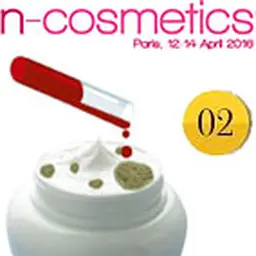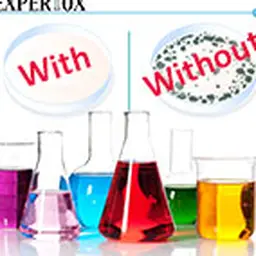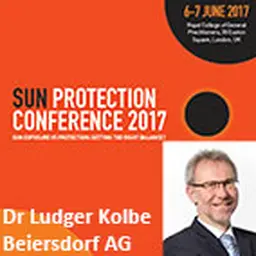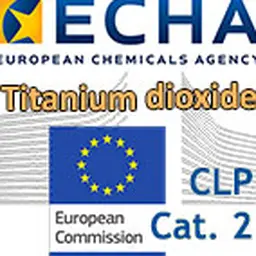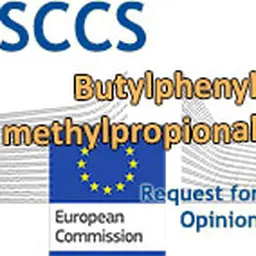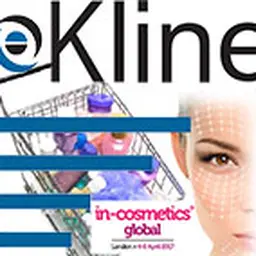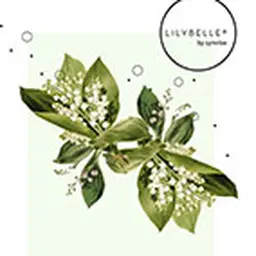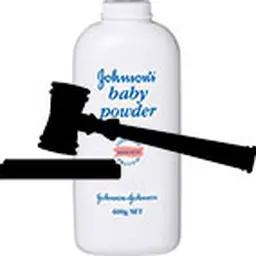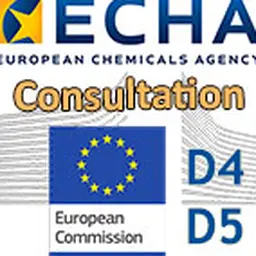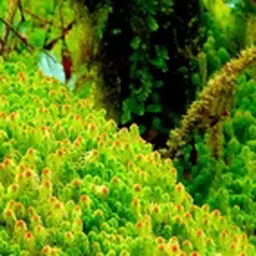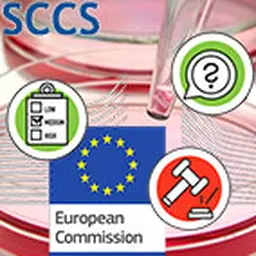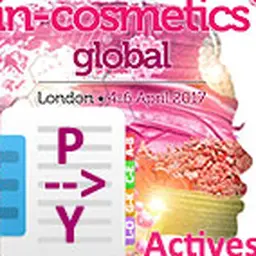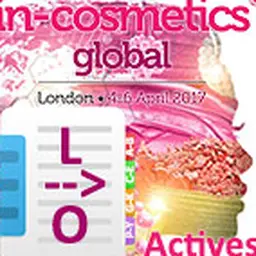
At the Paris edition of In-Cosmetics, several ingredient suppliers presented their new actives for preserving cosmetics, with a common objective: find THE solution to the current issues, from reducing the number of ‘possible’ preservatives to ‘free from’ cosmetics diktats. Various conferences were also dedicated to the same theme.
The first emerging challenge when dealing with the issue of cosmetics preservation is that of the efficacy of the solution implemented… especially if one abstains from many substances, although these may have been used in complete peace until then. This issue was studied by Dr Jan Jänichen, Managing Director of Dr. Straetmans ,
Dr. Straetmans runs more than 1500 challenge tests par year, and from time to time receives microbiologically contaminated products. In such cases, its team first identifies the relevant microorganisms, tries to find the source of contamination and then proposes specific solution to resolve the problem.
In the course of the past years, Dr Jan Jänichen says they have notice a growing number of incidents where:
• preservating systems failed to protect cosmetics sufficiently although the products passed microbiological challenge testing
• other microorganisms than the germs employed in a challenge test were responsible of the contamination
The sources of contamination
Three main factors can contaminate a cosmetic product. Jan Jänichen presented them via a risk assessment from raw materials to finished products.
Raw materials
• Oils: they may contain spores but the risk is low
• Surfactants and emulsifiers: They may be contaminated by bacteria, yeasts and …

